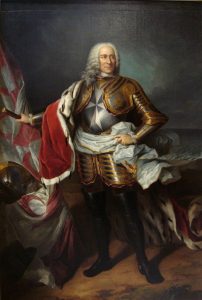The Silver Collection consists of objects owned by the Brotherhood of the Souls in Purgatory, which followed the cult of the dead, and was made up of professionals such as lawyers, architects and medical doctors, to name a few. As the membership requested a generous sum, this was one of the richer brotherhoods at the time. This brotherhood was considered also to be one of the most important and prestigious ones; in fact, at one point in time, the Rector of this Brotherhood was Grandmaster Emanuel Pinto de Fonseca himself.
The Brotherhood commissioned several pieces of fine silverware during the 17th and 18th century.


